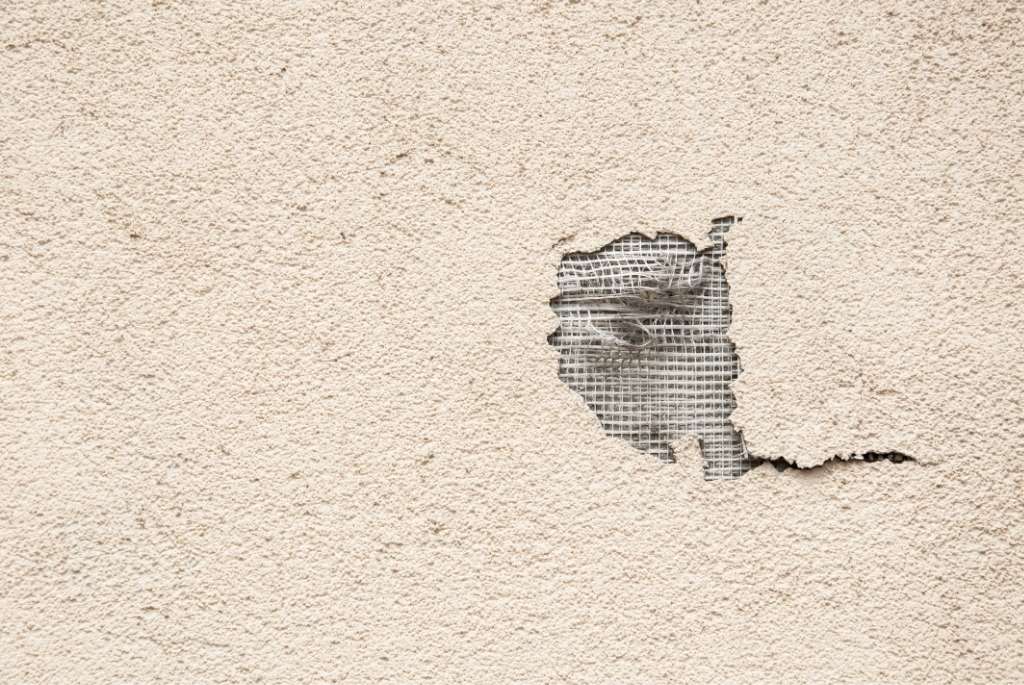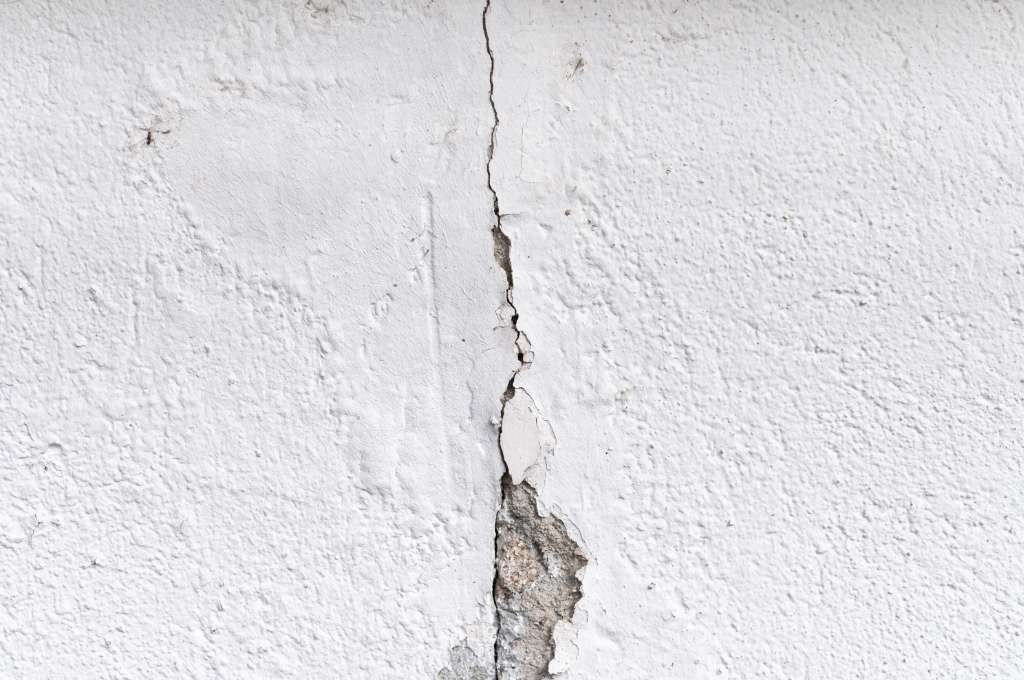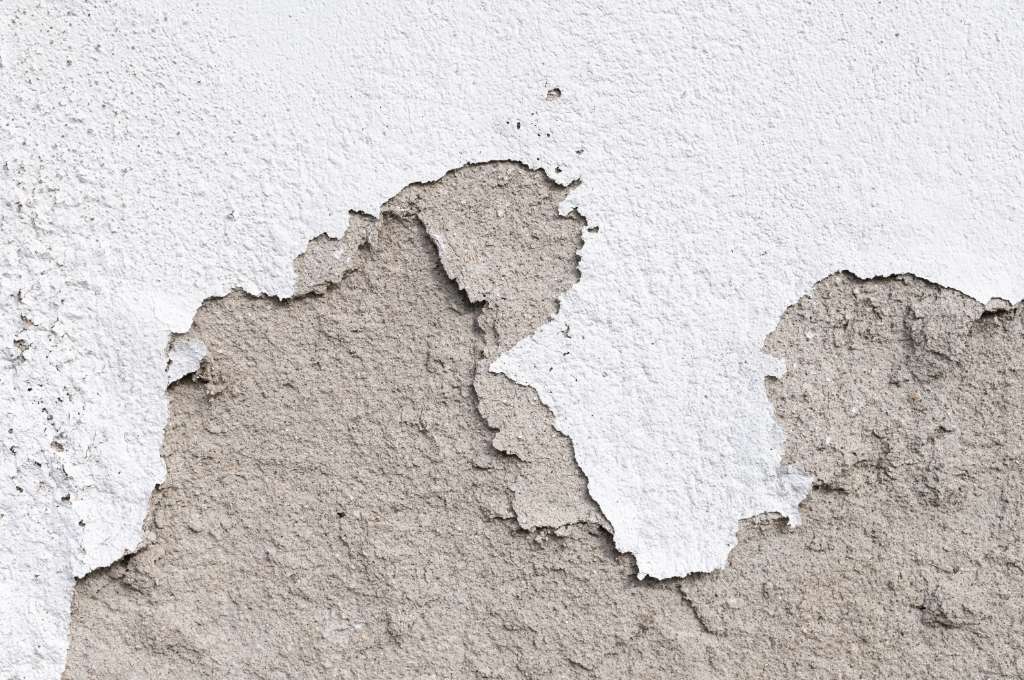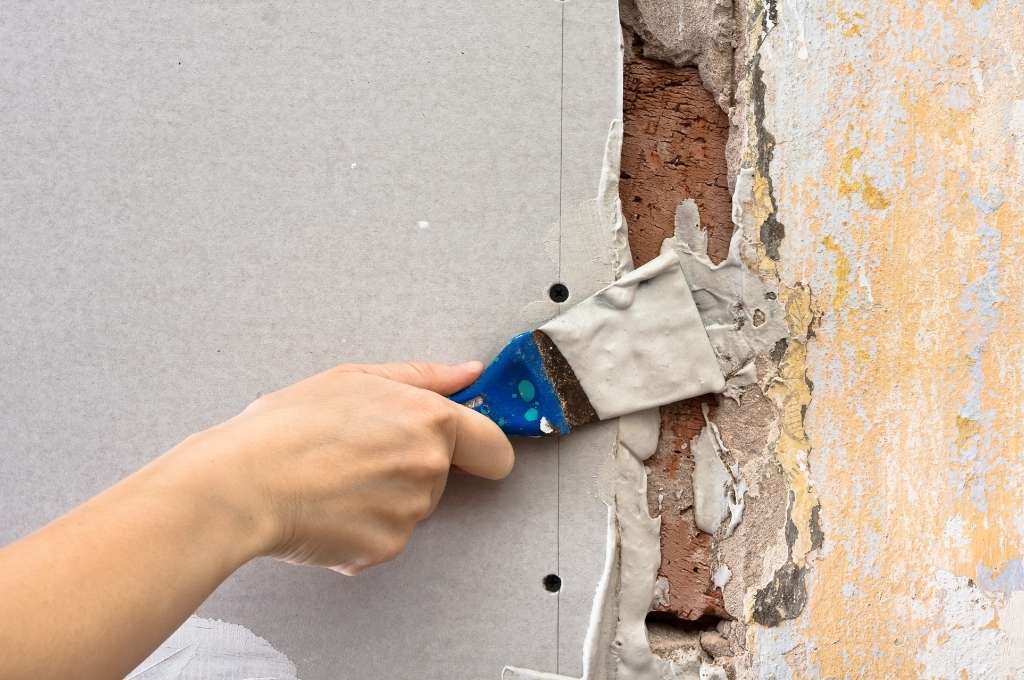
- Mon, 22 Feb 2021
- Maya Construction 1 Inc.
Beware of These Stucco Problems and Protect Your Home’s Exterior
When it comes to siding options, stucco siding tends to perform the best. But, this doesn’t mean that your exterior walls won’t have any issues. For that reason, you must learn the five most common stucco problems.
You cannot protect your stucco home if you don’t know some of the issues you may face. Many times, you may not see anything wrong on the outside. However, there could be a big problem inside the walls
There are various types of finishes for stucco siding. It doesn’t matter which one you have as they can all get damaged. If you’re ready to learn how your stucco can get damaged, then continue reading our blog!
These Are the 5 Most Common Stucco Problems
Even though stucco siding can withstand several harsh elements, it does not last forever. Stucco may suffer damages from external sources such as the sun or harsh winds. But, it can also get damaged for problems inside your house.
There are several stucco problems that you can encounter. The most common ones are staining and discoloration, stucco cracking, and moisture intrusion. Other problems include stucco extending below grade and caulking. Some of these issues will need either repair or remediation.
If you own a stucco home, then it’s vital that you read this blog. It doesn’t matter if your stucco is in perfect condition right now. It is better that you’re ready for when something comes up.
Staining and Discoloration on Stucco Exterior Walls
Stucco is designed to retain some moisture, but when you have lasting water spots or staining, it could be a problem. You can identify these spots or staining by searching for white hazy streaks or dark blotches.
This staining and discoloration can result from a poorly installed flashing. It could also be that you don’t have a flashing at all! So, this is one of the factors you should look into when dealing with this issue.
If you don’t treat this problem, then you could face some serious consequences. It could cause black mold, rotting wood, and weakening of your home’s structural integrity.
The most common problem areas for staining and discoloration are around your windows and doors. So, make sure you pay close attention to these areas.
Exterior Insulation and Finish System (EIFS) is more susceptible to staining than regular stucco. However, this happens only when it is poorly installed. EIFS deal with moisture becoming trapped inside the walls. This can lead to rotten insulation, sheathing, and wood framing.
Different Types of Stucco Cracks

Over time, you can experience stucco cracking for several reasons. Some of the reasons are the result of land shifting, wrong mixing proportions, and mediocre stucco installation. All of these tend to cause mostly general cracking.
However, your stucco can also have localized cracking resulting from water damage below the surface.
Besides decreasing your home’s appearance, cracks can be dangerous if they go deeper than surface level. For small damages, you shouldn’t be really concerned if you address them on time. But, for larger cracks, you should try to solve the issue as soon as possible.
You will not be able to avoid some stucco cracking as they could result from foundation settlement. So, in this case, you shouldn’t worry. But, if you find out that you didn’t get a quality job done on your stucco, then you may want to repair the damages promptly.
Moisture and Water Intrusion on Stucco

If you believe you’re getting moisture intrusion on your stucco, then you’ll have to beware of some signs.
Firstly, look for missing chips or chunks of stucco. If you notice this, then you can be sure there are moisture problems underneath.
Another sign of moisture or water intrusion is when your stucco looks damp. It is usual for your stucco to be wet after a rainstorm. But, if days have passed and the stucco is still wet, then there is definitely moisture intrusion somewhere beneath your siding.
It is important that when you are properly installing stucco, you add a drainage system at the bottom of the walls. If you have a flawed drainage system, then water will leak through the walls along the bottom edge. As a result, you’ll notice cracks and bubbles along this edge.
Stucco Extending Below Grade or Foundation
This doesn’t have to deal directly with your stucco, but more with improper building practices. Still, you should worry as stucco extending below grade can bring severe issues for your home.
Below grade means the stucco is applied below where the foundation meets the ground. This is wrong because there should be at least two inches to allow proper drainage for the stucco.
When your home’s stucco doesn’t have this space or is below grade, it can trap water and moisture. As a result, you get mold, rotting, and cracking.
Unfortunately, only a home inspector or someone with great attention to detail can notice this. In this case, we recommend you hire a professional contractor to come and check if you have this problem or not.
Dry or Missing Caulking Around Windows and Doors
Caulk is a material found mostly around your windows’ and doors’ trim. This is because it is used to seal joints, seams, cracks against leakage. However, caulk can become dry, shrink, or be missing altogether. As a result, your home becomes susceptible to water intrusion.
You have to make sure that your caulking and other sealants are in good condition. This is so that you don’t suffer from any water or moisture intrusion.
Should You Get Stucco Repair or Remediation?

Now that you know what issues you could face regarding your stucco, it’s time you learn if you need repair or remediation. Some insurance companies will not cover your stucco claims. But, either way, we recommend addressing these issues.
There are some factors that you’ll have to look into to decide whether you need repair or remediation. These are:
- Having a wood-framed chimney as they don’t get along with stucco
- Aged caulking
- Properly sealed transition siding material
Warning Signs You Need Stucco Repair
If you think you’ll only need stucco repair, then you’ll first have to look at the warning signs. When the damages are minor or purely cosmetic, then you can learn how to fix stucco and do it yourself.
Some signs that you need stucco repair include:
- Minor spider cracking
- There’s no kick-out flashing
- Foam trim cracks
With the right tools and materials, you could do this job yourself. You might only have to replace and reapply some stucco. However, if you’re unsure, then contact a professional.
When to Consider Stucco Remediation
If you want to address your stucco’s underlying issues, then you will want stucco remediation. This involves the complete replacement of your home’s stucco exterior.
These signs mean you need stucco remediation:
- Missing pieces of stucco
- Large cracks
- Heavy staining
Even though this option is more expensive than repair, we recommend it for the long-term. If you only do stucco repair, then you may have to do it again in a couple of years. With remediation, you get more years of grace.
It’s vital that you know these stucco problems and learn whether you need stucco repair or remediation.
If you’re still unsure, then we recommend downloading our FREE stucco inspection checklist. You could benefit from it as you’ll get more detailed information about when you’ll need repair or remediation.
